Blood Pressure Meter in Sri Lanka for Medical Use.
Softa Professional Aneroid Sphygmomanometer User Guide.
1. Postioning the pressure cuff
Locate the brachial artery, this can be found about an inch above the elbow crease on the inside of the left arm. In this position the stethoscope chestpiece will be placed later.Thread the loose end of the cuff through the ribg and secure it around the upper part of the am. Allow the blood pressure to stabilize, then extend- slightly bent at the elbow and let the arm relaxed. Palm up on a flat surface.
2. Inflate the pressure cuff
Insert the stethoscope eartips into your ears. Adjust to a comfort fit. Hold squeeze bulb in right hand and gauge on left hand, Close the air valve on the bulb by turning the thumb screw clockwise. Squeeze the inflation bulb at a steady rate until the needle on the gauge points 30mmHg above the normal upper-systolic-p the patient. If you don’t know it, inflate just to 200mmHg. Never inflate beyond 300 mmHg.
3. Systolic blood pressure reading- upper value
Slowly open air valve by turning thumb screw counter clockwise and hold stethoscope chestpiece over brachial artery. A proper deflation rate is vital for an accurate reading so you should practice and master a recommended deflation rate of 2-3 mmHg per second or drop of one to two marks on the pressure gauge each heart beat, You should not keep the cuff inflated any longer than necessary. As the cuff begins to inflate. You must listen carefully with the stethoscope. Read the reading on the gauge as soon you hear a faint, rythmic tapping of thumping sounds. This is the systolic -upper- blood pressure reading. Listen carefully and familiarize yourself with the pulse sound. Once familiar. You should check this procedure with your physician.
4. Diastolic blood pressure reading
Lower value Allow the pressure to continue dropping at the same deflation rate. Listen carefully with your stethoscope, the pulses will tapping of thud, to softer blowing orswishing sound, then to silence. Note the reading on the gauge at this exact point, This is the diastolic-lower pressure reading. Deflate the cuff valve completely. Remove the cuff from arm and stethoscope from ears.
Add measuring tape

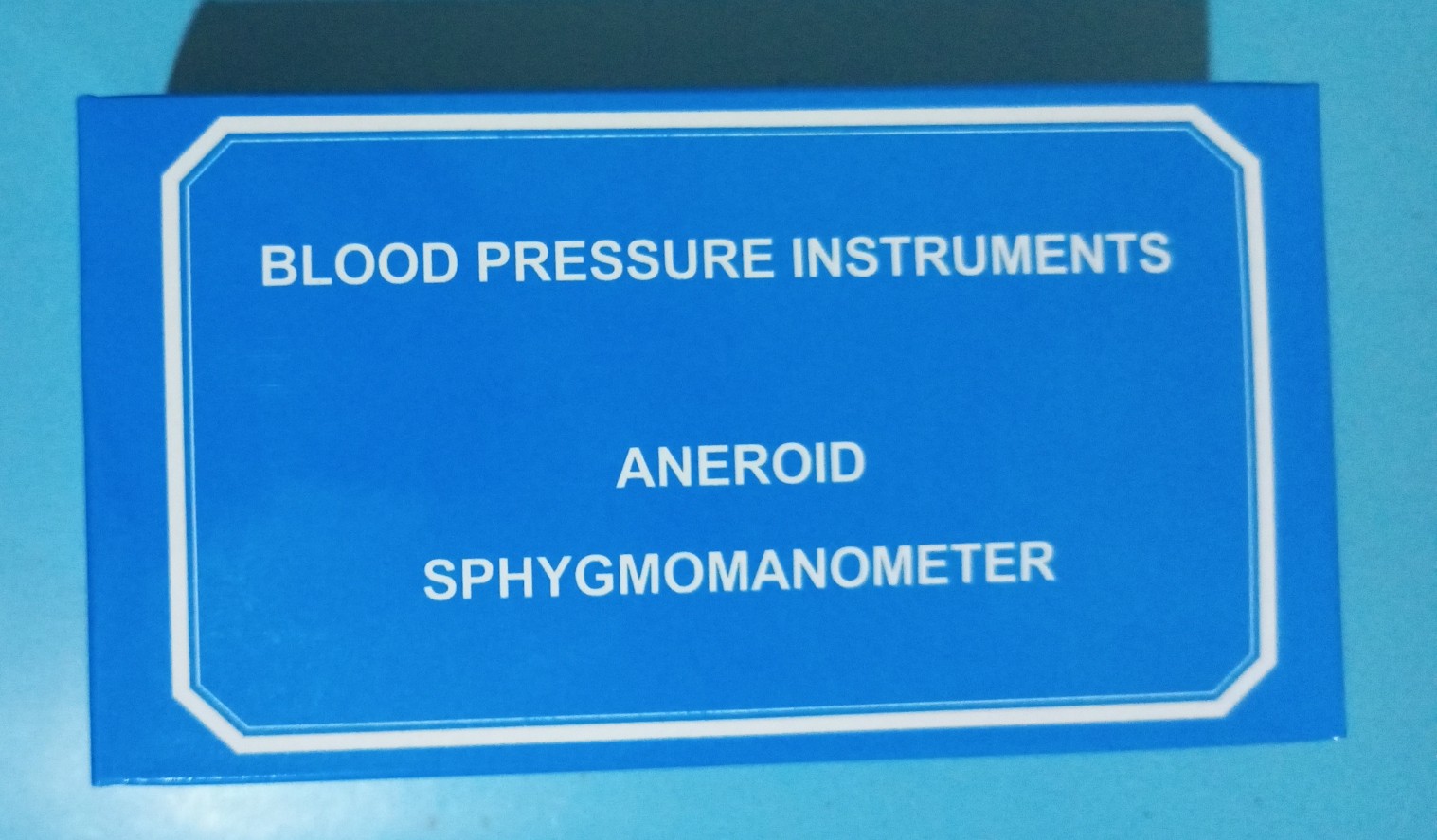
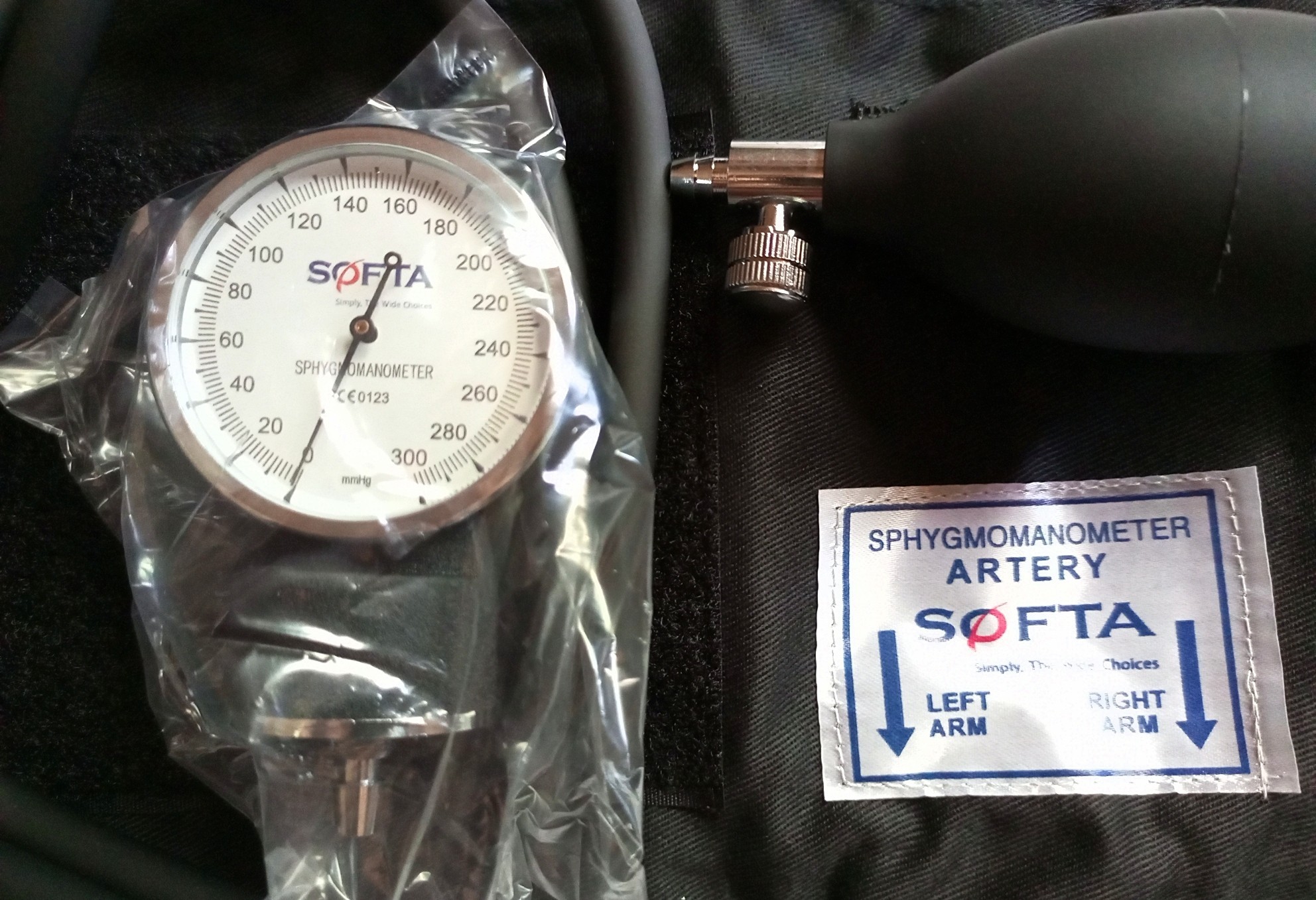
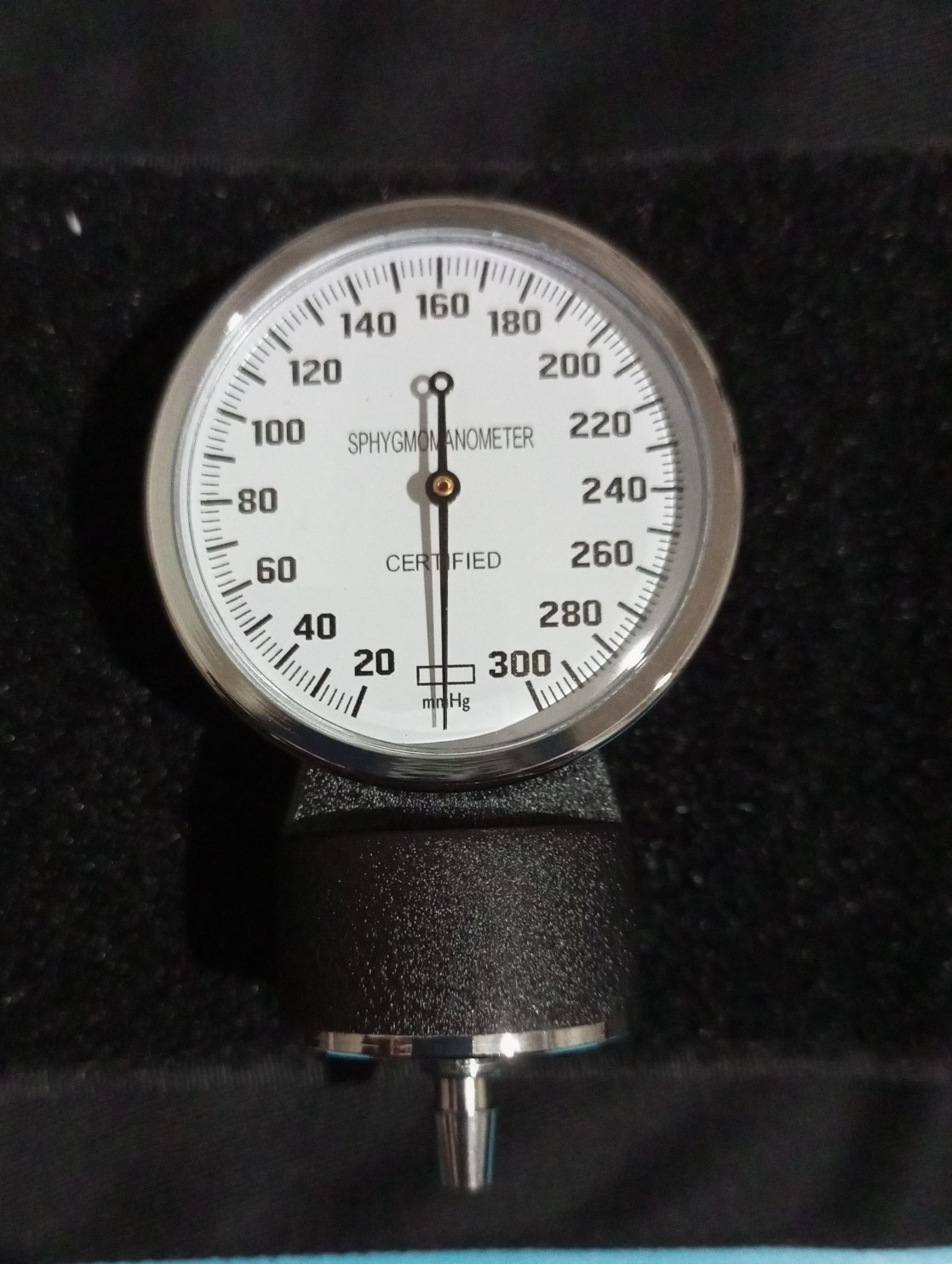
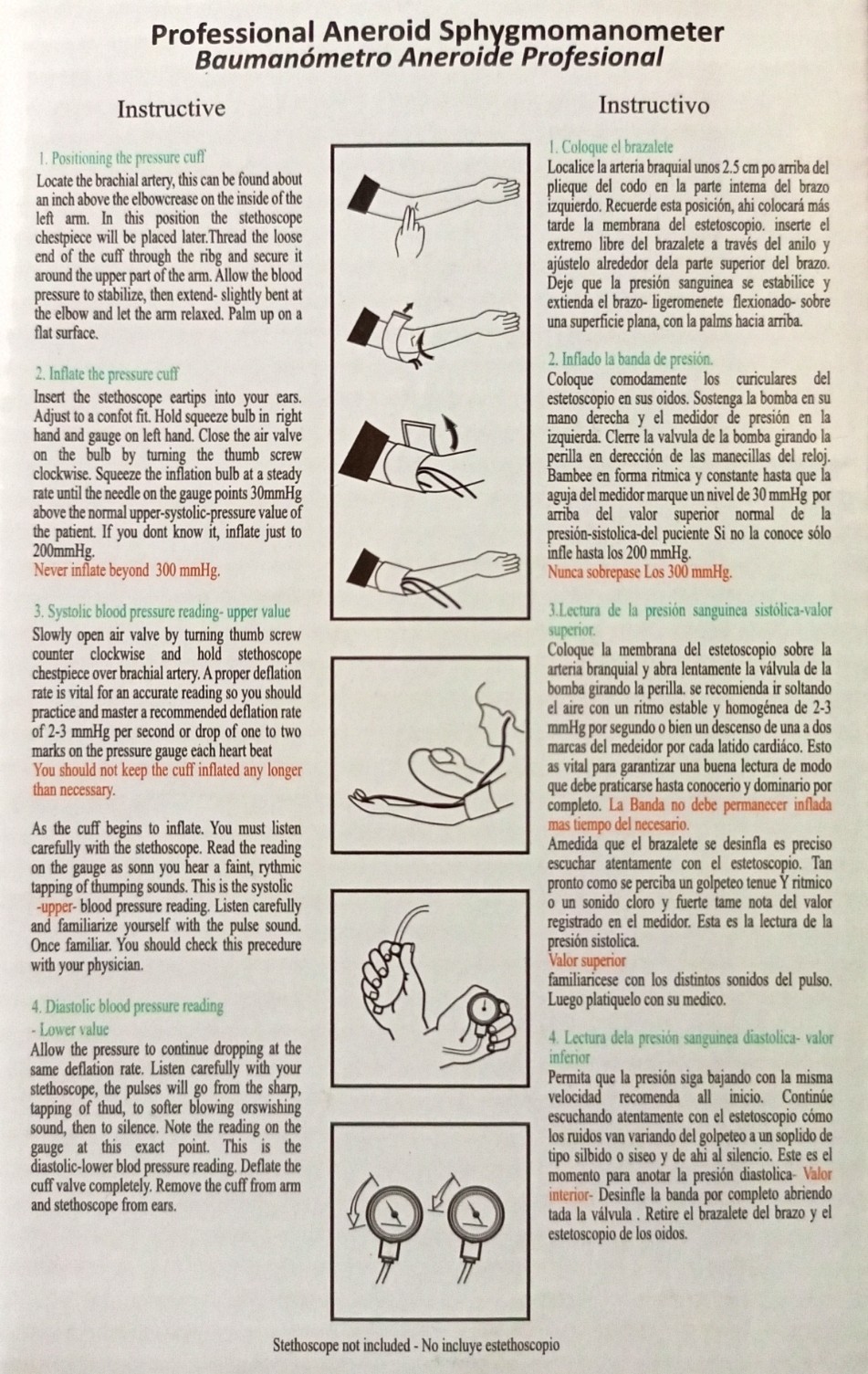
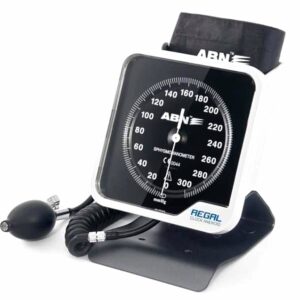
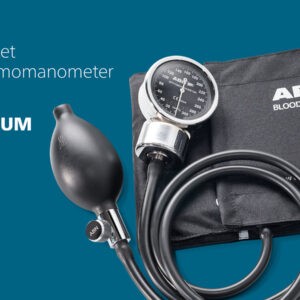
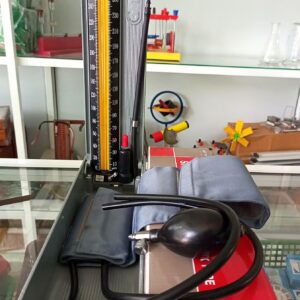

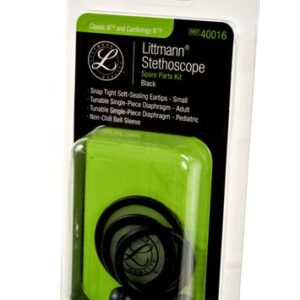
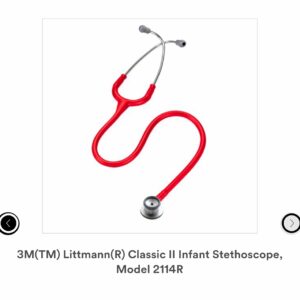
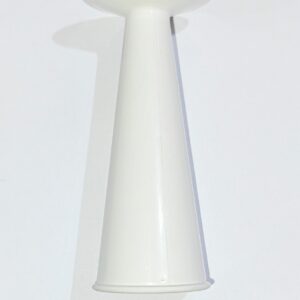
Anonymous (Verified Customer) –
Sciencesio (store manager) –
Thank you 🙌